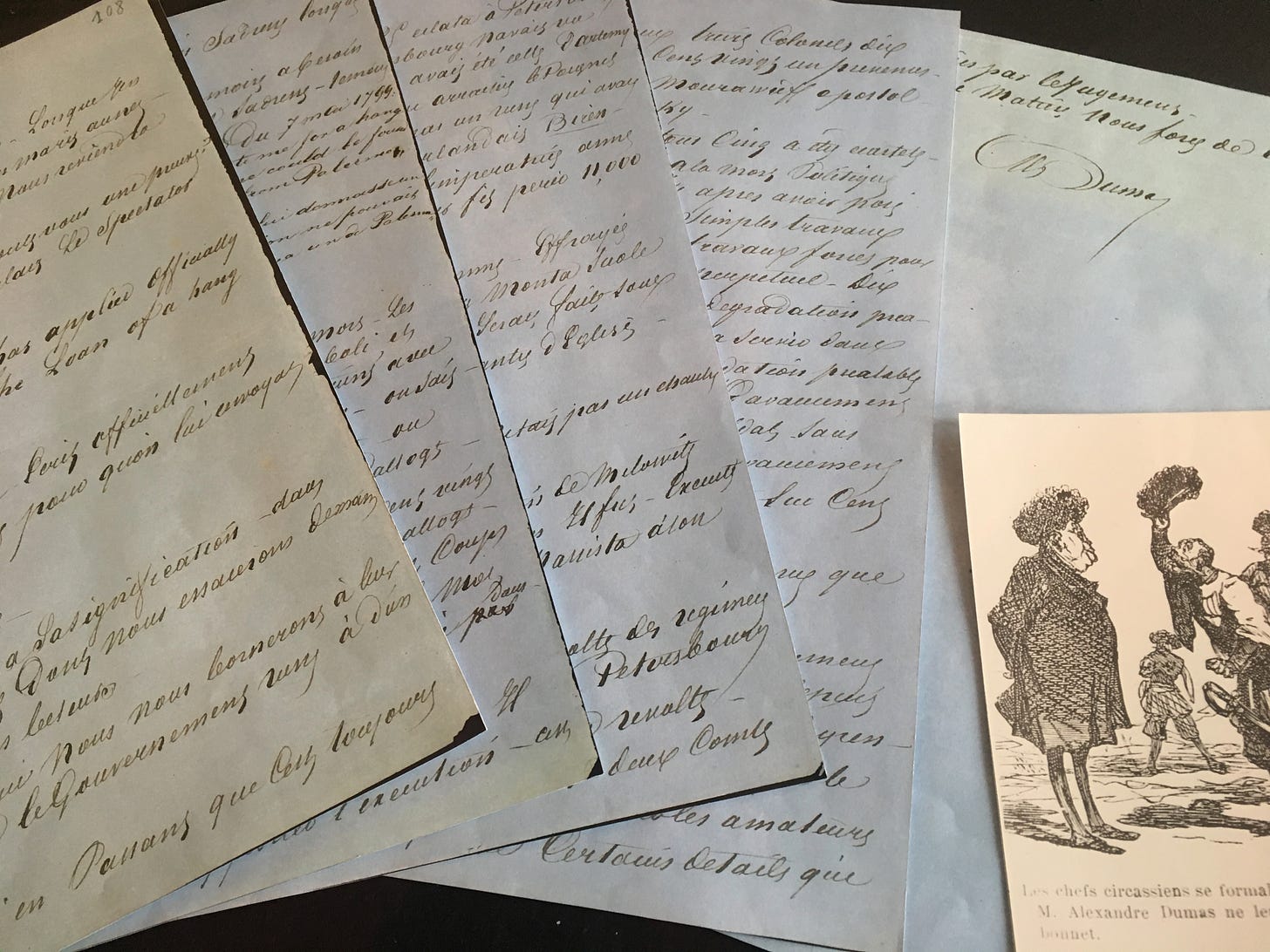Swashbuckling! Want some?
You can have it in spades—ooops, sabres—in the new film, Les Trois Mousquetaires!
Kicking! Swords clashing! Running! Hitting! Flying backward dramatic falls! Beautiful horses! Sailing ships! Explosions! Women! Wait—Er … Soppy chaste romance? Blurrrrgggg …

The French film festival is abuzz with mercis, bon mots, and the whiz-bang two-part ‘adaptation’ of the well-known book by Alexandre Dumas directed by Martin Bourboulon. Part One introduces us to the seventeen-year-old Charles D’Artagnon (handsome of course but looking closer to thirty), the character who will drive through five books of derring-do. You will see tremendous derring with sword and cannon, and horses of extraordinary beauty do get treated with some respect (unlike Scott’s tawdry Napoleon where horses certainly suffered, crashing to the ground obviously trip-wired).
Hundreds of Mousquetaires extras romp about the French countryside, or maybe Wallonia, given verisimilitude by modern Dutch doubloons and Spanish pieces of eight. Life in the seventeenth century, smeared with grimy patina, twists with baroque curls decorating known history in an effort to Raise the Stakes. In story parlance that is a Good Thing and doesn’t really affect the characters in Part One. We don’t mind the royal family gaining another son or Spanish Anne of Austria speaking perfect French because Louis XIII is so cool and handsome. Even the Comte de Fère gains a brother, a neat way to emotionally enliven the Thirty Year religious war so foreign to modern minds. Milady’s appearance is not a problem though Dumas did order a blonde with blue eyes and it’s not an issue that Athos (also handsome but easily twenty years older than expected) is already commonly known to be the Comte de Fere – when the book relies on the musketeers leading laddish double lives and his real identity is secret because he’s running away from his past.
Dumas himself was a laddy cad and bounder, a gambler and womaniser, a charming bon vivant who loved nothing more than parties, wine, and good food. While stoned on Moroccan hash he wrote screeds, handing pages to his secretaries to edit and add punctuation.
His story team included a pet historian called Maquet, who he fed on promises of money-sometime-very-soon-for-sure-trust-me. Dumas was known to have more than forty lovers in his lifetime. Some of their children he even acknowledged as his own. He was heartbroken when he had to sell his chateau to pay off debts but he could run away to hang out deep sea fishing with his gang, including fellow manly man Victor Hugo, to avoid angry creditors. (Hemmingway took notes.)

So, when in Part Two of this latest cinematic version we see D’Artangon primly turn away from Milady’s unwanted advances, Dumas began spinning in his Parthenon chamber, shouting in spirited rage at gravemates Zola and Hugo, ‘They’ve emasculated D’Artagnon!’
In Dumas’ virile version, D’Artagnon seduced, not only Milady (by pretending to be someone else) but also had his licentious way with her lady’s maid, poor gullible lass, all the while ‘in love’ with Constance (see the nominal irony?). He’s as much a cad and bounder as was Dumas himself, and generations of lads loved him for it.
The child-missing cliff-hanger from Part Two allows me to expect Part Three will take even more liberties and possibly cause Dumas more embarrassment. His book Twenty Years Later includes one of the best jump-scare-return-to-life moments ever devised and from here, I can’t see how that can survive these modern changes. Some things are only skin deep but so many liberties taken with the original should lead the films to be ‘loosely based on’ rather than an adaptation. The logic is French, of course: Liberty (taken), Fraternity (just add more brothers) and Equality of … well, it’s certainly not ageist!
What do you think? How can the film makers save this D’Artagnon milksop to get him to the irascible old bastard of the last book? The three musketeers, religious Aramis, fat Pothos and despotic Athos, were badly behaved on tour and sanctimonious hypocrites at home. They were naughtiest, blokiest blokes ever working for King and Country (although in the Three Musks they were helping the Queen) and everyone loved them for it. Did you?
I, on the other hand, was in love with Milady, their punching bag who really was working for her beloved La France. Who was she? Where did she come from? I searched for a book about her. Nothing. It was up to me.
I began to research. And wrote her biography.
My next posts will detail my search across France, Belgium and England for traces of the seventeenth-century and Milady.
You can subscribe to find out if she’s ever found!





Ah, so this is your mysterious project. It must be coming to fruition if you starting a substack on the topic. Perhaps I had better watch the film Les Trois Mousquetaires so I will understand more of the references.